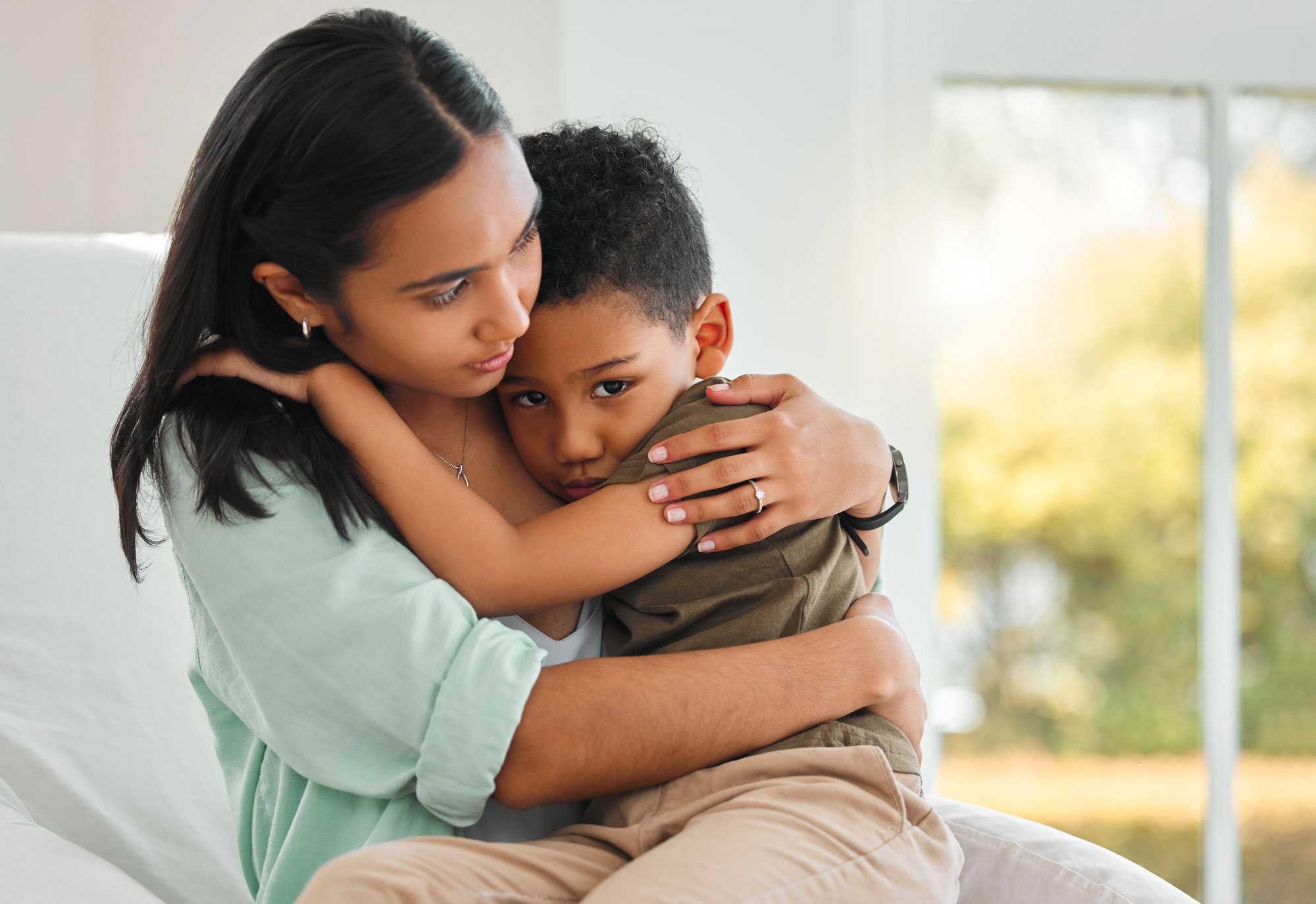Saving Young Lives from Gun Violence

Firearms are the leading cause of death for children in the United States. This National Youth Violence Prevention Week (April 24-28), we connected with the Safer Through Advocacy, Firearm Education and Research (SAFER) program at Children’s National Hospital to learn about its vital work in violence prevention and response to this public health crisis. The program’s mission is to reduce gun violence to make communities safer, so youth can thrive and live healthy and fulfilled lives.
We spoke with SAFER lead, Monika Goyal, M.D., M.S.C.E. She is associate division chief of Emergency Medicine and Trauma Services, director of academic affairs and research at Children's National and associate professor of pediatrics and emergency medicine at the George Washington University School of Medicine.
What does the rise in firearm-related deaths and injuries look like at Children’s National?
Dr. Goyal: Over the last few years, we’ve seen an exponential rise in firearm-related injuries. The increase impacts our patients locally and nationally, and it’s all preventable.
Even if a child has not experienced gun violence personally, it may still touch their lives. They may have family members, neighbors or friends who are victims. Their neighborhoods may have experienced gun violence, so it impacts their ability to feel safe and even play outside. And that fear can then impact their health through stress and anxiety.
As emergency department physicians, we used to see a few gunshot injuries a year. Now it has become a weekly occurrence, and that’s unacceptable.
How does the mental health crisis among youth play a role?
Dr. Goyal: Mental health for children in this country is a public health emergency. We know that guns are the most lethal method for suicide. As children feel depressed, hopeless and lost, if they have access to guns in their home, it becomes the most dangerous place for them to be. Most children who attempt suicide by other means survive. When you talk to them afterwards, they often regret that impulse. We rarely get an opportunity to intervene when children have access to firearms.
What disparities do you find in who is affected by gun violence?
Dr. Goyal: When we think about the toll of gun violence on children in this country, like most public health emergencies, sadly, it disproportionally affects black and brown people.
Most of the interventions around addressing gun violence against children have focused on safe storage of firearms in the home, which is very important. But that doesn’t address a lot of the exposure to violence that children, especially black and brown youth, may experience in their communities. Very few interventions have focused on that piece to make communities and neighborhoods safer so that all children can thrive.
What do you see as one of the biggest misconceptions about firearm safety among families?
Dr. Goyal: I think the biggest misconception that families have is that their children don’t know that there are guns in the home, or that their children would not touch them.
In simulations, parents have expressed that. But when you talk to the children, you find that kids absolutely know there are guns in the home. And these cases show children, with their natural curiosity, will touch guns, despite what their parents expect.
For children, it’s just another toy or part of a video game. We shouldn’t blame them for that. As a society, we have normalized firearms without emphasizing their seriousness.
Why did you choose to serve as a lead faculty member in the SAFER program?
Dr. Goyal: I got tired of seeing so much gun violence in our community. Every time I care for a child who suffered a gunshot wound in our trauma bay, it just takes a piece of me. As we started to hear more about gun violence against youth across the country, I felt like I needed to do something.
In terms of health equity in general, this is why I went into emergency medicine. My goal really was to improve care for those who have been disenfranchised and marginalized in our society.
What can parents and community members do to keep kids safe from firearm violence?
Dr. Goyal: I think the most important thing we can all do is vote. We can have the greatest impact by changing our laws and policies around access to guns. It has become such a polarized topic that you’re either pro-gun or anti-gun, but I don’t think that helps. We can all galvanize around gun safety. We all want to make our homes and communities safer for kids.
We must invest in our communities to make them safer so that we don’t need to worry about our children getting caught in a crossfire as they play in their neighborhoods. There’s a growing movement around this, and we welcome parents and community members who want to work with Children’s National on this issue. If we collaborate, we can really make an impact on improving the lives of the patients and community that we serve.
To learn about how you can support SAFER’s work, please contact Luke Mallari, Senior Associate Director, Foundation Relations at [email protected].

